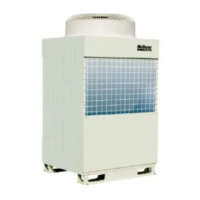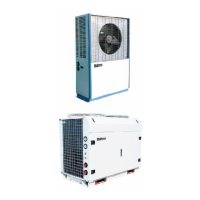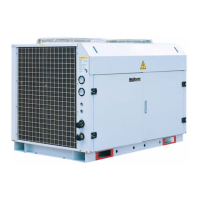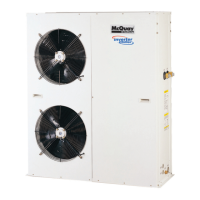Servicing and Maintenance
Servicing
Servicing or maintenance of these unit must be carried out by experienced personnel with
specific training in refrigeration. Repeated check the safety devices and continuous cycling of
control components must be analyzed and corrected before being reset.
The simple design of the refrigeration circuit totally eliminates potential problems during normal
unit operation. No maintenance work is needed on the refrigeration circuit as long as the unit is
operating normally.
Ease of maintenance has been taken into consideration during the design stage such that the
unit is easily accessible for servicing and maintenance. By accessing from the front panel of the
bottom compartment, servicing and maintenance operation can be done easily. The electrical
components are especially easy to access since it is located in the terminal box at the front
panel.
Under normal circumstances, these chiller require only a check and cleaning of air intake
through the coil surface only. These can be done monthly or quarterly depending on the
surrounding where the units are installed.
When the surrounding is very oily or dusty, then the coils must be regularly cleaned by a
qualified air conditioner service technician to ensure sufficient cooling capacity and efficient unit
operation. The normal life span might be shortened if no proper service is provided.
Maintenance
For consistent performance and durability, always conduct proper and regular maintenance to
the unit.
For prolong period of operation time, the heat exchanger will become dirty impairing its
effectiveness and reducing the performance of the air conditioner. Consult your local dealer
about the cleaning of the heat exchanger.
No major maintenance or servicing needed for the internal water circuit in the bottom
compartment except the water pump failure. It is advised that regular check on the filter to be
conducted and change the water filter if the filter is dirty or choked.
Always check the water level in the system, in order to protect the moving components in the
hydraulic kit from over heating and excessive wear.
46
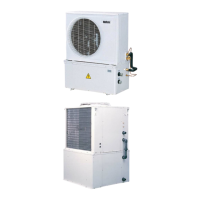
